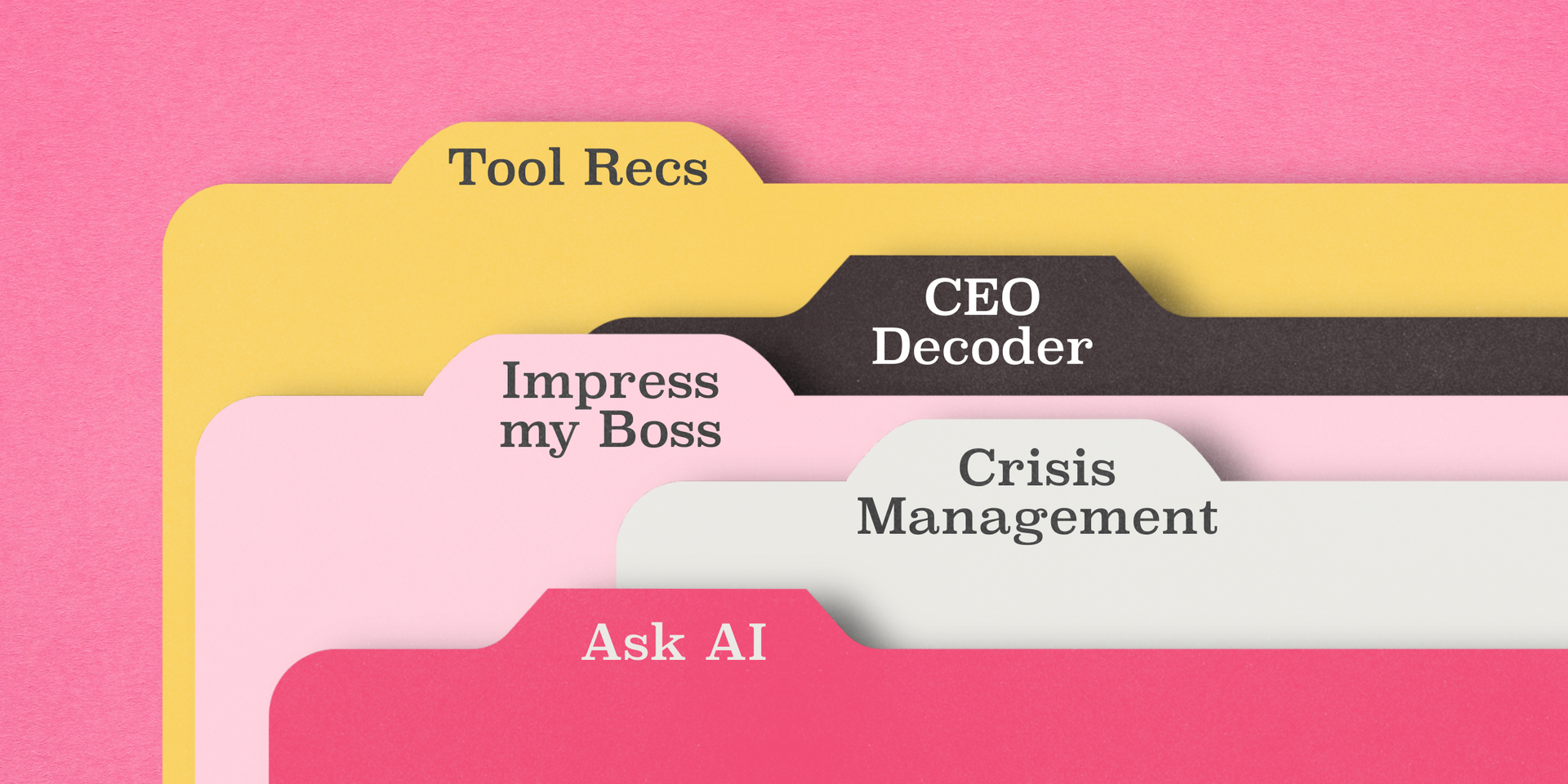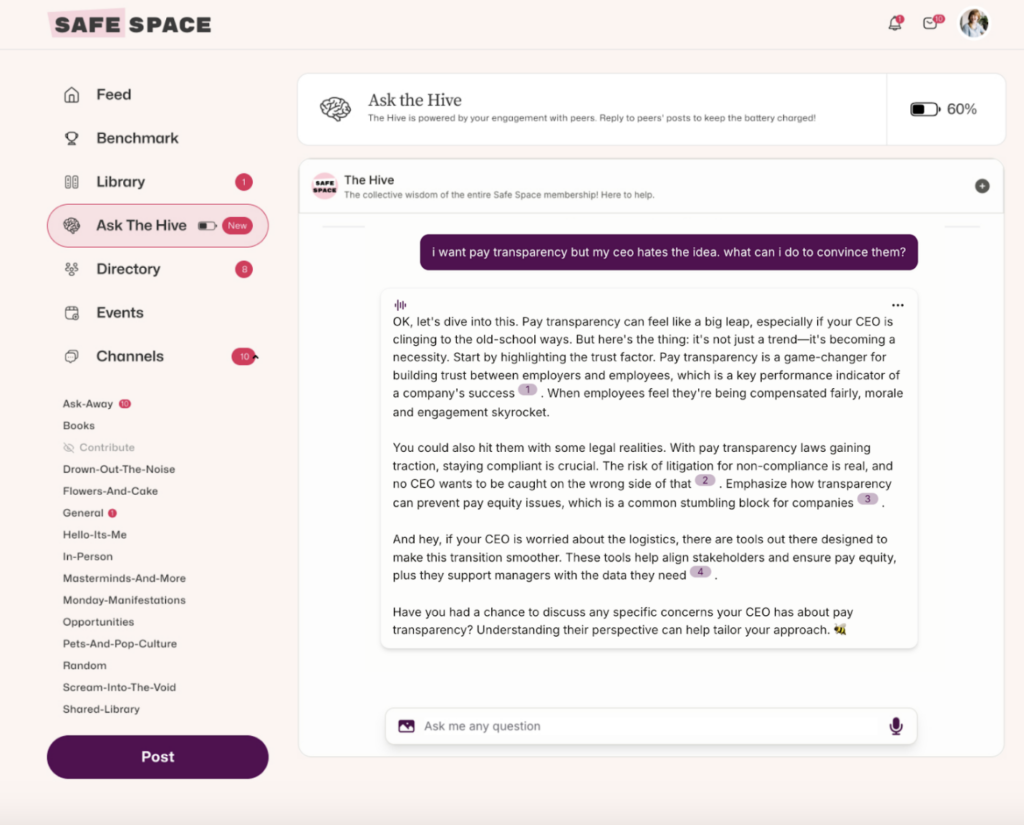🗞️ Here’s the Tea:

Big Tech Broke the Morale of Its Workforce 🥀
The TL;DR: Tech’s golden age is over—once-lavish perks (free jerky, unlimited PTO) are gone, layoffs are routine, and workers now face longer hours, hiring freezes, and Wall Street-driven austerity. AI roles thrive while non-AI staff drown in expanded workloads, and even DEI initiatives are being axed!
The result? A disillusioned workforce mourning the loss of Silicon Valley’s “untouchable” era.
My POV:
- The end of tech utopia: the tech industry was once celebrated for its perks, job security and culture. Now tech workers are experiencing increased layoffs, increased work and less great benefits. Employees are NOT happy.
- Culture erosion is a killer: Tech’s shift from perks to austerity risks talent attrition. Employees won’t stay where they feel disposable.
- AI and the job market: Those who specialize in AI are continuing to command high salaries and a strong market demand. AI is being integrated into virtually everything. On the flipside, those in other roles are facing limited prospects.
🎙️ Mic Drop Moment:

“You’re not just playing one chess game in HR—you’re playing five games on the same board at once.”
On the mic this week: Morgan Williams is the founder and CEO of PeakHR bringing deep experience in employee lifecycle development, corporate diversity, and people operations strategies. Her career spans major corporations like Macy’s and Casper, with experience leading workforce reductions of 400+ employees and reopening large-scale retail operations.
Pin this:
- Business First, HR Second: If you don’t know how your company actually makes money, you’re not strategic. Start there!
- Short-Term Fixes vs. Big-Move Energy: Tactical work solves today’s fires. Strategic work is you stacking the deck so you win three moves from now.
- Show Me the Receipts: No data? No buy-in. If you can’t back it up with numbers and timing, you’re just pitching feelings—and most people won’t get on board.
- Steal From Finance (In a Good Way): Want to know what your CEO actually cares about? Peep the shareholder emails, listen to the earnings calls, and frame your asks in terms of what matters to them!
My H*ly Sh*t Moment: Real strategy isn’t just about having the best idea, it’s knowing when to move, who to move with, and what’s gonna get you in trouble if you don’t!
▶️ Press Play
📊 Data Is My Love Language:

Stat: Manager engagement fell from 30% to 27%, with younger managers (under 35) and female managers experiencing the most significant declines
My spiral: Managers have a DIRECT AND DAILY IMPACT on employee engagement. If they are disengaged how could their team be engaged?!
I’m genuinely concerned about managers right now. We’ve been piling on expectations without giving them the support they actually need.
Maybe we should step back and ask: Are we setting them up to succeed—or to burn out?
Things like coaching can help but the bigger solution is rethinking their roles entirely. I know, WILD IDEA BUT what if we asked:
- What can we take off their plates?
- Where should their energy really go?
Every org is different, but one thing’s clear: if we want better outcomes, we need to start by asking what our managers need to thrive.
🛠️ In Your Toolkit

✨TODAY’S FOLDER: Crisis Management ✨
Crisis Management Tip: Communicate early, clearly, and often even if you don’t have all the answers yet.
Here’s a framework for communicating during a crisis that you can leverage.
JOIN 150K+ HR LEADERS
Get insights, learnings, and advice on how to build companies and cultures that people actually love.
No spam. Unsubscribe any time.
The 4 C’s Formula:
Step 1: Read the Room: Acknowledge the situation and set the tone.
“We know this news may feel unexpected and unsettling…”
Step 2: Give the Facts: Share what you do know, and be honest about what you don’t.
“Here’s what we can confirm right now…”
Step 3: Connect to Your Values: Reinforce your company’s principles or mission to ground people.
“We’re committed to transparency, respect, and ensuring a safe environment…”
Step 4: Communicate the Next Step: Explain what’s being done, what to expect, and when they’ll hear from you again.
“We’re currently… You can expect an update by [time]…”
✍🏽 Use this framework next time your crafting crisis comms and you’re well on your way to managing the situation at hand.


